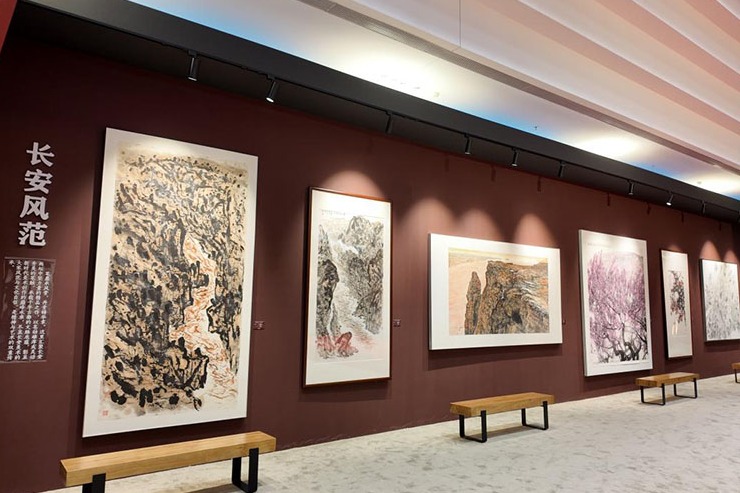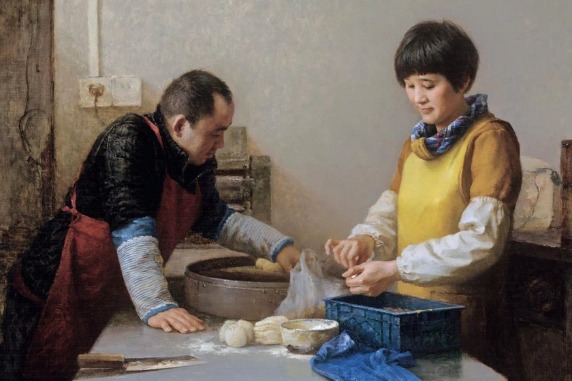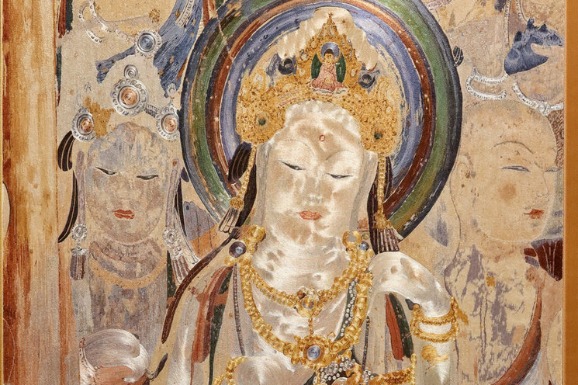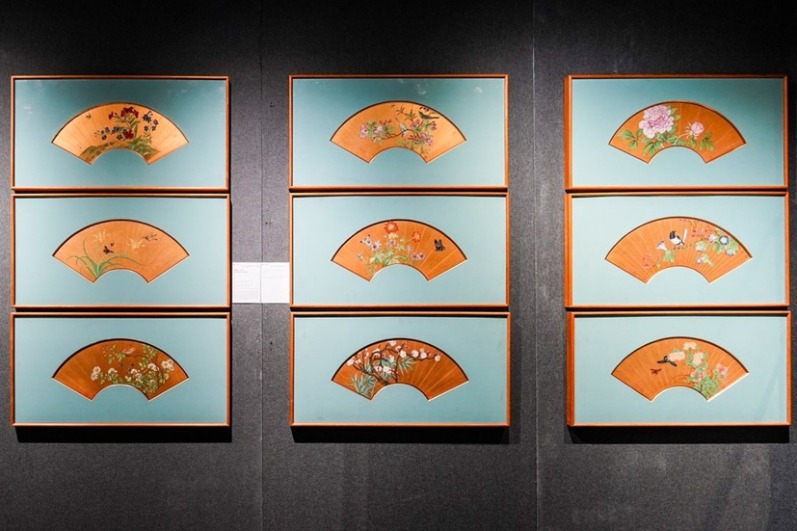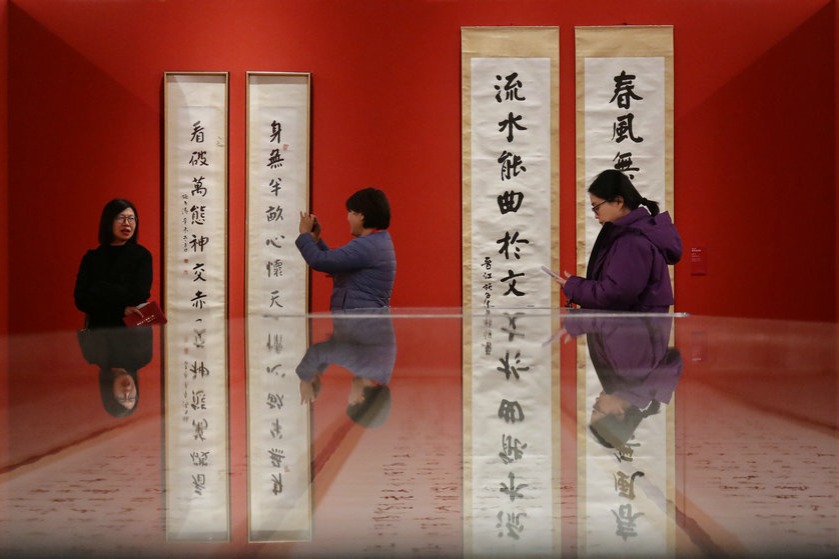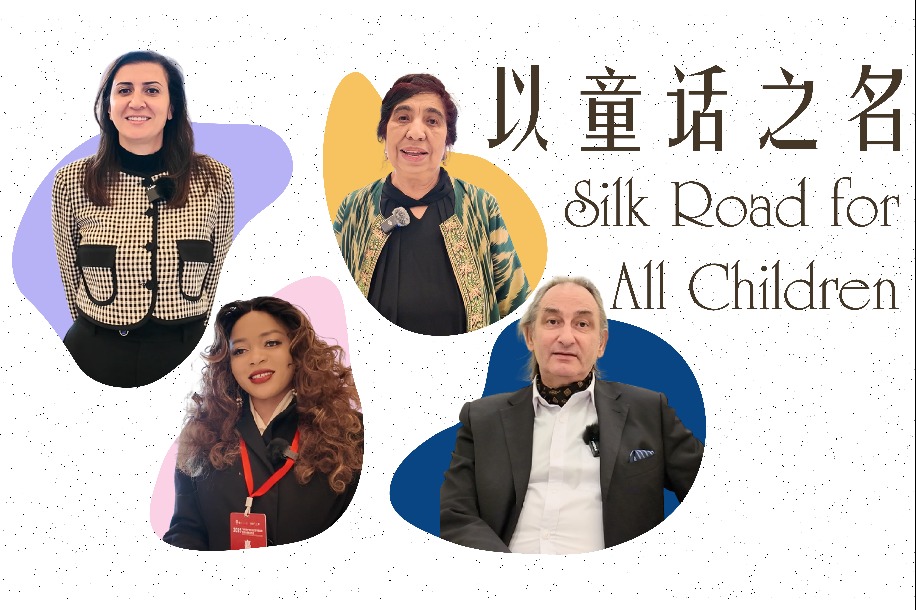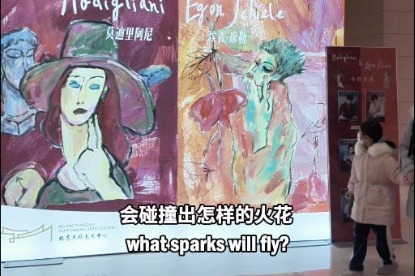Saving the date

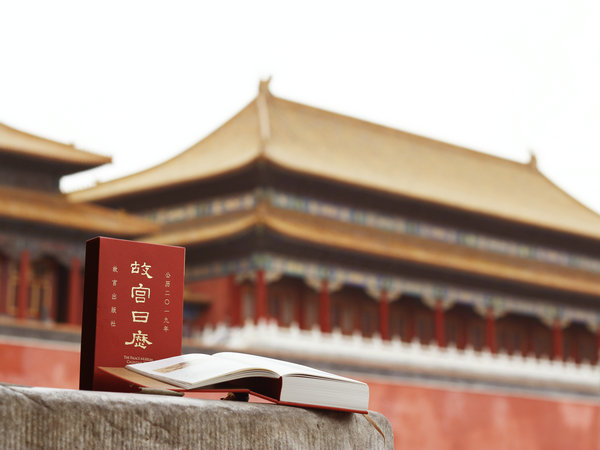
As a result, the print run of the palace's 2010 calendar was a cautious 18,000 copies. But they sold out.
In the five years following that initial foray, Wang and her colleagues started to get a little more creative with the formats. Since 2012, for instance, all the photos have been printed in full color.
More importantly, that year, they started using the zodiac animal of the year as the theme.
For example, 2013 was the Year of the Snake, but there were few relics pertaining to snakes in the Palace Museum. However, ancient literati believed snakes live comfortably in lush greenery in the hot and wet fourth lunar month that's often referred to as "the month of the snake".
So, they thought outside the box.
The theme focused on literati's dreams about the poetry of life in nature. The Palace Museum's calendar that year presented grass, trees, mountains and rivers represented in ancient paintings, bric-a-brac and other wares.
Wang and her colleagues' innovative approach to the traditional calendar-the fine design, fresh, rich and interesting information about ancient China, and exquisite printing and binding-won the Palace Museum's Calendar an increasing number of readers.
The sales climbed from 18,000 copies for the 2010 edition to 80,000 for 2013's.
At the end of October 2013, the Central Committee of Discipline Inspection released a notice, banning State-owned enterprises and governments from using government funds to buy calendars or New Year postcards. It struck a heavy blow to the dying industry.
But it also brought opportunities.
Better-designed calendars with diverse themes have started appearing in the market since 2014. The most successful ones creatively combine tradition with modern tastes.
In February 2015, Chang Mengran an editor of the WeChat account of One Way Street Bookstore, thought of a way to update the daily electronic magazine during the Spring Festival. She picked a quote from a classical literary work, nonfiction book, movie or song every day and presented it in the traditional format of the huangli, or the royal almanac in ancient times.



















